M. G. Benedict, M. Freyberger, F. Haug, N. Hodgson, N. Kerwien, B. Kuhlow, W. Martienssen, H. Paul, G. Pedrini, D. Ristau, W. P. Schleich, M. Scholl, H. J. Tiziani, E.D. Trifonov, K. Vogel9783540288244, 3540288244
In the recent decades the laser source matured to an universal tool common to scientific research as well as to industrial use. Today the main technical goal is the generation of optical power towards shorter wavelengths, shorter pulses, higher efficiency and higher power for applications in science and industry. Tailoring the optical energy in wavelength, space and time is a requirement for the investigation of laser-induced processes, i.e. excitation, non-linear amplification, storage of optical energy, etc. According to the actual trends in laser research and development, Vol. VIII/1 is split into three parts: Vol. VIII/1A with its two subvolumes 1A1 and 1A2 covers laser fundamentals, Vol. VIII/1B deals with laser systems and Vol. VIII/1C gives an overview on laser applications.
Table of contents :
Title Pages……Page 1
Contributors……Page 3
Preface……Page 5
Contents……Page 7
5.1.1.1 A brief history of quantum optics……Page 15
5.1.1.2 Outline of the review……Page 16
5.1.2.1 Mode expansion……Page 17
5.1.2.1.2 Standing waves……Page 18
5.1.2.2 Field quantization……Page 19
5.1.3 Field states……Page 20
5.1.3.2 Photon number states……Page 21
5.1.3.3 Coherent states……Page 22
5.1.3.4 Squeezed states……Page 23
5.1.3.5 Thermal states……Page 24
5.1.3.6.2 Glauber-Sudarshan distribution……Page 25
5.1.4.2 Simple model for atom-field interaction……Page 26
5.1.4.2.2 Dynamics of Jaynes-Cummings-Paul model……Page 27
5.1.4.3.1 Resonant case: photon number state preparation……Page 28
5.1.4.3.2 Far off-resonant case: Schrödinger cat state preparation……Page 29
5.1.5.1.2 Methods of solution……Page 30
5.1.5.3 Decoherence……Page 31
5.1.6 One-atom maser……Page 32
5.1.6.2 Steady-state photon statistics……Page 33
5.1.7.1 Master equation……Page 34
5.1.7.3 Weisskopf-Wigner decay……Page 35
5.1.8.2 Spectrum and antibunching……Page 36
5.1.9.1.1 Continuous versus discontinuous dynamics……Page 38
5.1.9.1.2 Experimental observation……Page 39
5.1.9.2.1 Delayed choice experiments……Page 40
5.1.9.2.2 Quantum-optical tests of complementarity……Page 41
5.1.9.3 Entanglement……Page 42
5.1.9.4 Bell inequality……Page 43
5.1.10.1 Atom optics in quantized fields……Page 44
5.1.10.2 Bose-Einstein condensation……Page 45
5.1.10.2.3 Gross-Pitaevskii equation……Page 46
5.1.10.2.4 Experiments with Bose-Einstein condensates……Page 47
5.1.10.3.1 Quantum teleportation……Page 48
5.1.10.3.2 Quantum cryptography……Page 50
References for 5.1……Page 51
6.1.2.1 Classical light……Page 59
6.1.2.6 Interference……Page 60
6.1.3.1.2 Connections between correlation functions of different order……Page 61
6.1.3.2.2 Temporal coherence……Page 62
6.1.3.2.3 Spatial coherence……Page 63
6.1.3.3.1.2 Laser light……Page 65
6.1.3.3.3 Coherent interaction……Page 66
6.1.3.5 Higher-order coherence……Page 67
6.1.4.3.1 Stellar intensity interferometry……Page 68
6.1.4.4.3 Photon antibunching……Page 69
6.1.4.5.2.1 Hong-Ou-Mandel interferometer……Page 70
6.1.4.5.3.2 Franson experiment……Page 71
6.1.5.2 Photon distribution functions……Page 72
6.1.5.4 Variances of the photon number……Page 73
References for 6.1……Page 74
6.2.1 Definitions and historical layout……Page 76
7 Optical components……Page 0
6.2.2.1 Superradiance of a system with dimensions smaller than the radiation wavelength……Page 77
6.2.2.2 Superradiation of an extended multiatomic system……Page 79
6.2.3 Superradiance experiments……Page 82
6.2.3.1 A microscopic observation of superradiance and subradiance……Page 83
6.2.3.2 Superradiance experiments in pencil-shaped macroscopic samples……Page 84
6.2.3.3 Superradiant-type Rayleigh scattering from a Bose-Einstein condensate……Page 86
6.2.4 Outlook……Page 87
References for 6.2……Page 88
7.1.1 Introduction……Page 91
7.1.2 Light propagation in crystals……Page 92
7.1.3.1 Modulator devices……Page 93
7.1.3.1.1 Phase modulation……Page 94
7.1.3.1.2 Polarization modulation (dynamic retardation)……Page 95
7.1.3.1.3 Amplitude modulation……Page 96
7.1.3.2 Traveling-wave modulator……Page 97
7.1.3.3.1.2 Crystal class 3m……Page 98
7.1.3.3.1.3 Crystal class =43m……Page 99
7.1.3.4 Electro-optic beam deflector……Page 100
7.1.4.1 Kerr effect in isotropic media……Page 102
7.1.5.1 The photoelastic effect……Page 104
7.1.5.2.1 Raman-Nath regime……Page 106
7.1.5.2.2.1 Isotropic interaction……Page 107
7.1.5.2.2.3 Efficiency……Page 108
7.1.5.2.2.4 Bandwidth……Page 109
7.1.5.4 Acousto-optic deflector……Page 112
7.1.6 Glossary……Page 114
References for 7.1……Page 116
7.2.2 Basic principle of optical thin-film systems……Page 117
7.2.3 Production of optical coatings……Page 120
7.2.4 Quality parameters of optical laser components……Page 122
7.2.5.1 Calorimetric measurement of absorption……Page 123
7.2.5.2 Measurement of total scattering……Page 125
7.2.5.3 Laser-induced damage thresholds……Page 126
7.2.5.4 Quality parameters of laser components: present state……Page 127
7.2.6 Examples for advanced laser components……Page 128
7.2.7 Summary and future trends……Page 129
References for 7.2……Page 131
7.3.1 Introduction……Page 133
7.3.2 Beam-shaping techniques and design procedures……Page 135
7.3.2.1.1 Coherent beams……Page 136
7.3.2.1.2 Partially coherent beams and geometric optic approximation……Page 138
7.3.2.2 Beam integration……Page 139
7.3.2.3 Beam integration with beamlet shaping……Page 143
7.3.2.4 Beam shaping and coherence……Page 144
7.3.2.5 Beam splitting……Page 145
7.3.2.6 Manufacturing of beam-shaping elements……Page 146
7.3.3 Conclusion……Page 148
References for 7.3……Page 149
8.1.1.2 Linear unstable resonators……Page 150
8.1.1.5 Reviewing the basic properties of all optical resonators……Page 151
8.1.2 Classification of optical resonators……Page 152
8.1.3 Unconfined stable resonators……Page 154
8.1.3.1.1 Gauss-Laguerre and Gauss-Hermite modes……Page 155
8.1.3.1.2 Hybrid modes……Page 159
8.1.3.2.1 Fundamental mode……Page 160
8.1.3.2.2 Higher-order modes……Page 162
8.1.3.3 Beam quality and resonator parameters……Page 164
8.1.3.4 Resonance frequencies……Page 166
8.1.4.1 Resonators with one aperture……Page 167
8.1.4.2 Resonators with two apertures……Page 169
8.1.5 Misalignment sensitivity……Page 170
8.1.5.1 Fundamental-mode operation……Page 172
8.1.5.2 Multimode operation……Page 173
8.1.6.1.1 Characterization of unstable resonators……Page 175
8.1.6.1.2 Resonator schemes……Page 177
8.1.6.2 Mode structures and losses……Page 179
8.1.6.3.1 Circular symmetry……Page 181
8.1.6.3.2 Rectangular symmetry……Page 182
8.1.6.4 Unstable resonators with variable-reflectivity mirrors……Page 183
8.1.6.5 Applications of unstable resonators……Page 186
8.1.7.1 Calculation of the output power of stable resonators……Page 187
8.1.7.2 Optimum output coupling and maximum output power……Page 190
8.1.7.2.1 Homogeneous line broadening……Page 191
8.1.8 Thermal lensing in solid-state lasers……Page 193
8.1.8.1 Fundamental-mode operation……Page 194
8.1.8.2 Transverse multimode operation……Page 197
8.1.9.1 General properties of ring resonators……Page 199
8.1.9.2 Unstable ring resonators……Page 201
8.1.9.3 Nonplanar ring resonators……Page 203
8.1.10.1 Motivation……Page 204
8.1.10.2 Eigenmodes of hollow rectangular waveguides……Page 205
8.1.10.3 Properties of waveguide resonators……Page 208
8.1.10.3.1.3 Case III resonators……Page 209
8.1.10.3.2 Calculated round-trip losses of the lowest-loss resonator mode……Page 210
8.1.10.4 Waveguide resonator mode and loss calculations……Page 211
8.1.10.5 Properties of slab waveguide lasers……Page 213
References for 8.1……Page 216
9.1.1 Introduction……Page 222
9.1.2.1.1 Temporal coherence……Page 223
9.1.2.2 Two-beam interference……Page 224
9.1.2.3 Interference in a plane-parallel plate……Page 225
9.1.2.4 Vector effects of interference……Page 227
9.1.3.1.1 Michelson interferometer……Page 229
9.1.3.1.2 Twyman-Green interferometer……Page 230
9.1.3.1.4 Mach-Zehnder interferometer……Page 231
9.1.3.2 Quantitative electronic phase evaluation techniques……Page 232
9.1.3.2.2 Fringe analysis by phase shifting……Page 233
9.1.4.1.1 Prismatic interferometer with oblique incidence……Page 235
9.1.4.2 Multiwavelength interferometry……Page 237
9.1.4.3 White-light interferometry……Page 238
9.1.4.4 Polarization interferometry……Page 240
9.1.5.1 Principle of heterodyne interferometry……Page 242
9.1.5.2 Absolute heterodyne interferometry: Double heterodyne interferometry (DHI)……Page 244
9.1.6.1 Interferometry with a null corrector……Page 245
9.1.6.2 Adaptive optics with optical light modulator……Page 247
9.1.6.3 Adaptive optics with deformable membrane mirror……Page 248
9.1.6.4 Adaptive optics for optical stitching using dynamically tilted reference wave……Page 250
9.1.7 Speckle pattern interferometry……Page 251
9.1.7.1 Some properties of speckles……Page 252
9.1.7.3 Speckle pattern interferometry for deformation measurements……Page 254
9.1.7.4.2 Phase analysis by spatial phase shifting……Page 257
9.1.7.5 Temporal speckle pattern interferometry (TSPI)……Page 258
9.1.7.5.2 Laser diode with external cavity for wavelength change……Page 260
9.1.7.5.4 Deformation measurements by TSPI and digital holography, a comparison……Page 261
9.1.7.5.5 Vibration measurement with TSPI……Page 263
9.1.8.1 Principle of holography……Page 264
9.1.8.2 Principle of holographic interferometry……Page 266
9.1.8.3.1 Principle of digital holography……Page 267
9.1.8.3.2 Configurations for recording and reconstruction of digital holograms……Page 268
9.1.8.3.2.1 Lensless Fourier hologram……Page 270
9.1.8.3.2.2 Fresnel hologram……Page 271
9.1.8.3.2.3 Image-plane hologram……Page 272
9.1.8.4.2.1 Dimensional measurements……Page 273
9.1.8.4.2.2 Digital holographic interferometry for deformation and vibration analysis of 3D objects……Page 274
9.1.8.4.3 Pulsed digital holographic interferometry for endoscopic investigations……Page 277
9.1.8.4.4 Temporal phase unwrapping of digital holograms……Page 279
References for 9.1……Page 281
Index.pdf……Page 286
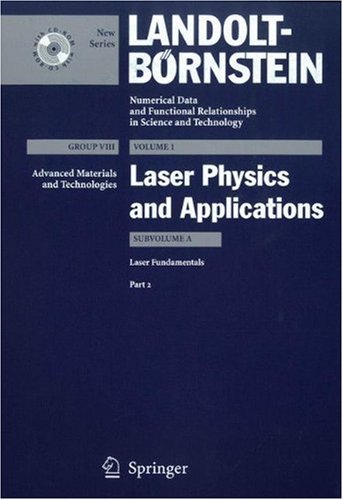
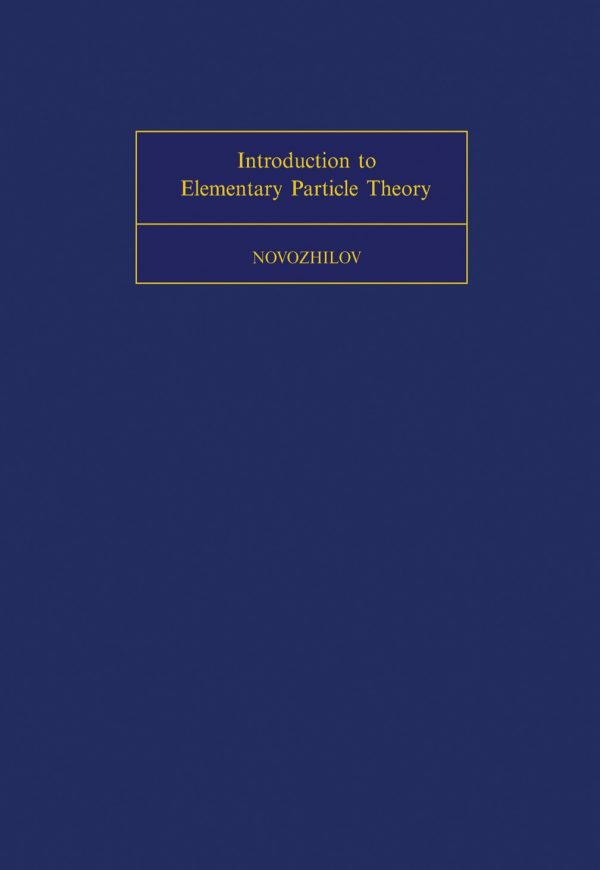
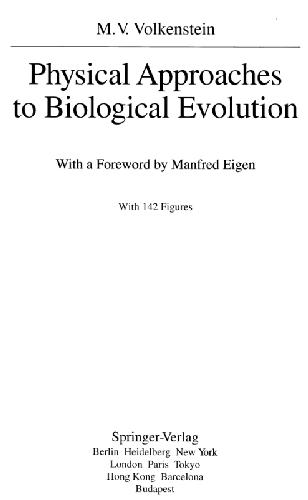

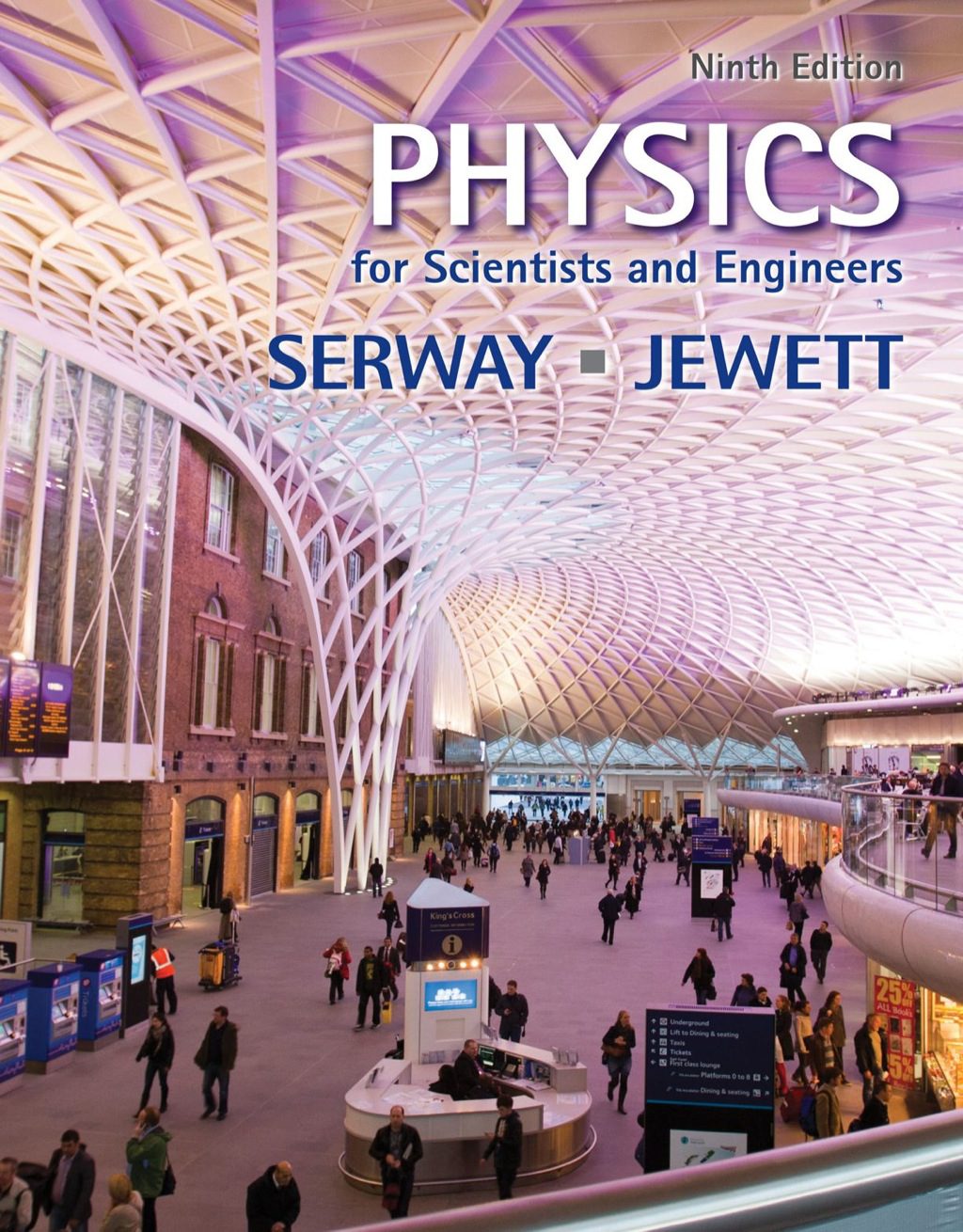
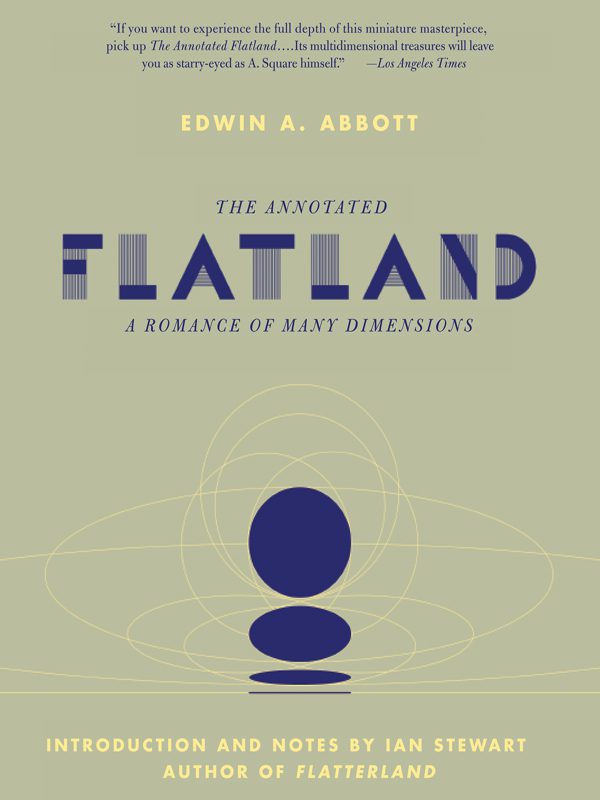
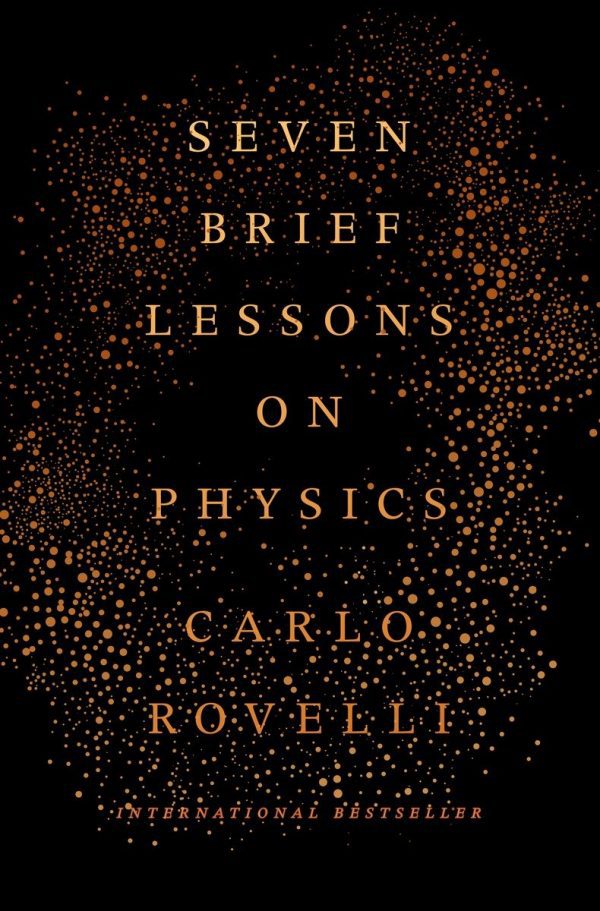
Reviews
There are no reviews yet.